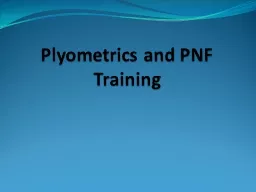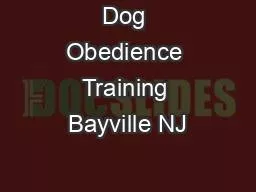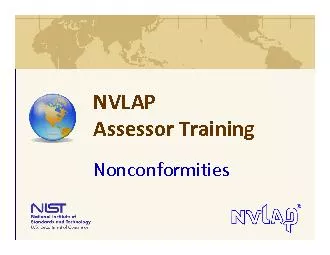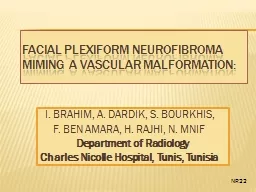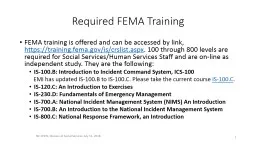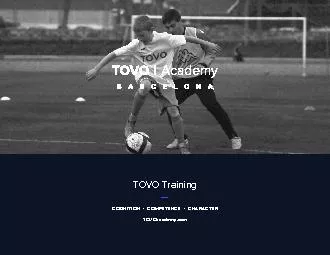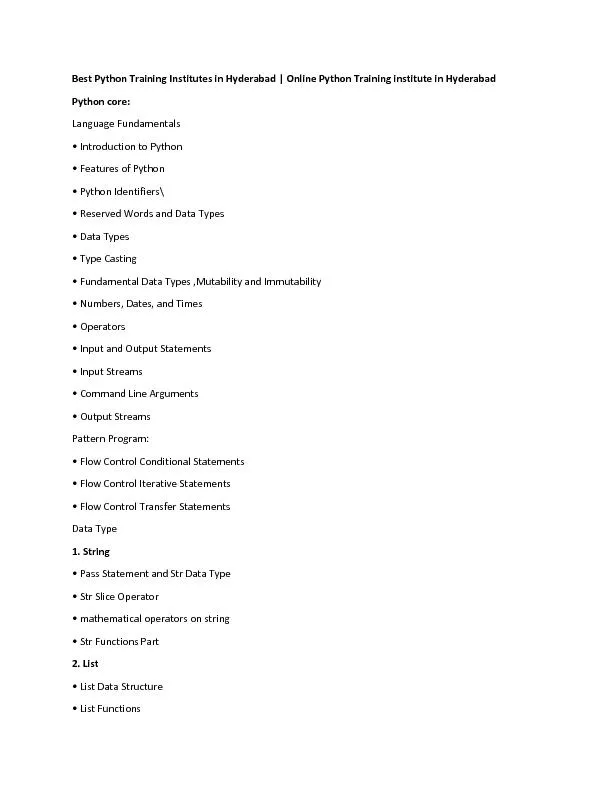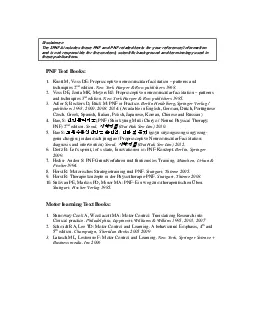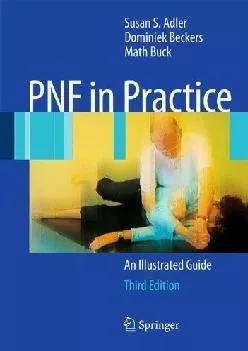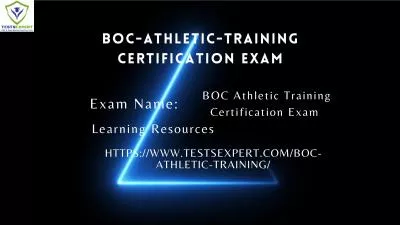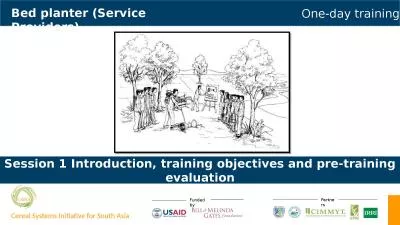PPT-Plyometrics and PNF Training
Author : phoebe-click | Published Date : 2016-03-31
Plyometrics Objective To improve speed power elastic strength Athletes involved Sprinters games players basketball Typical exercises Jumping bounding medicine ball
Presentation Embed Code
Download Presentation
Download Presentation The PPT/PDF document "Plyometrics and PNF Training" is the property of its rightful owner. Permission is granted to download and print the materials on this website for personal, non-commercial use only, and to display it on your personal computer provided you do not modify the materials and that you retain all copyright notices contained in the materials. By downloading content from our website, you accept the terms of this agreement.
Plyometrics and PNF Training: Transcript
Download Rules Of Document
"Plyometrics and PNF Training"The content belongs to its owner. You may download and print it for personal use, without modification, and keep all copyright notices. By downloading, you agree to these terms.
Related Documents

